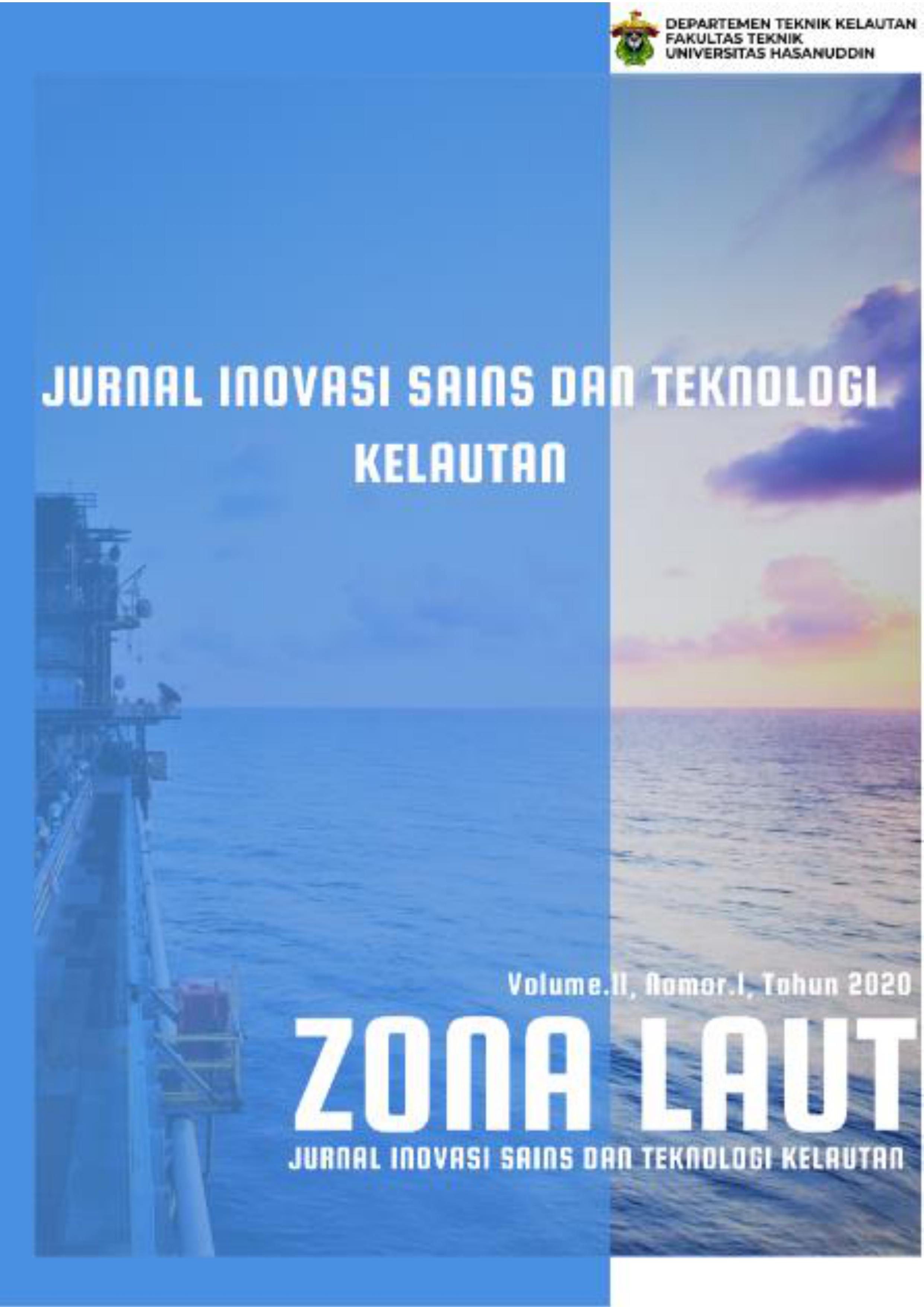The Content of Nitrates In Water Pasir Putih, Bungatan, Situbondo
Main Article Content
Abstract
The biological, chemical and physical compounds in waters will effect the life of the biota in it. Nitrate is the main form of nitrogen in natural waters and the major nutrient for alga growth. The aim of this research is determining the concentration of nitrate in Pasir Putih waters, so that the research data can be utilized as water quality monitoring in Pasir Putih waters, Bungatan district, Situbondo regency. The nitrate data in marine waters sampling was collected from three stations and through laboratory analysis methods. The marine waters samples ware putted in dark glass bottles and stored in coolbox for aboratory analysis, then the data results was compared with water quality standard based on the
Decree of the State Minister of the Environment Number 51 of 2004. The average of the concentration of nitrate at station A is 6,8 mg/l; at station B is 10,2 mg/l; at station C is 5,6 mg/l. The average of nitrate concentration at sampling stations
is 7,53 mg/L shows that nitrate concentration level is exceed the water quality standard based on the Decree of the State Minister of the Environment Number 51 of 2004. This leads to an indication of anthropogenic pollution in the waters due to the existence of floating net cages near the research location at Pasir Putih waters Situbondo regency. It needs further researchs about the presence of floating net cages to the surrounding water quality.
Downloads
Article Details

This work is licensed under a Creative Commons Attribution 4.0 International License.
Allow anyone to modify, improve, and make derivative works, even for commercial purposes, as long as they credit to you for the original work.
References
E.P. Odum, Dasar-Dasar Ekologi, Edisi ketiga, Yogyakarta: Gadjah Mada University Press, 1996.
A. Mustofa, “Kandungan Nitrat dan Pospat sebagai Faktor Tingkat Kesuburan Perairan Pantai”, Jurnal DISPROTEK, vol. 6, no. 1, hal. 13-19, 2015.
H. Effendi, Telaah Kualitas Air, Yogyakarta: PT Kanisius, 2003.
Sukandar, C.J. Harsindhi, M. Handayani, C.S.U. Dewi, A. W. Maulana, Supriyadi, A. Bahroni, Profil Desa Pesisir Provinsi Jawa Timur, vol. 1 (Utara Jawa Timur), Surabaya: Bidang Kelautan, Pesisir, dan Pengawasan Dinas Perikanan dan Kelautan Provinsi Jawa Timur, 2016.
A. Muthahharah dan S. Adiwibowo, “Dampak Obyek Wisata Pantai Pasir Putih Situbondo terhadap Peluang Bekerja dan Berusaha”, JSKPM, vol. 1, no. 2, pp 157-166, 2017. [Online]. DOI: 10.29244/jskpm.1.2.157-166 [Diakses 27 Agustus 2018.
I. A. Anrosana P dan A. A. Gemaputri, “Kajian Daya Dukung (Carrying capacity) Lingkungan Perairan Pantai Pasir Putih Situbondo bagi Pengembangan Usaha Keramba Jaring Apung”, Jurnal Ilmiah INOVASI, vol. 17, no. 2, pp. 73-79, 2017.
Keputusan Menteri Lingkungan Hidup Nomor 51 Tahun 2004 tentang Baku Mutu Air Laut
B. I. Subagio dan Aunurohim, “Struktur Komunitas Spons Laut (Porifera) di Pantai Pasir Putih, Situbondo”, Jurnal Sains dan Seni POMITS, vol. 2, no. 2, pp. 159-165, 2013.
Googlemaps, 2018.
S. I. Patty, “Karakteristik Fosfat, Nitrat dan Oksigen Terlarut di Perairan Selat Lembeh, Sulawesi Utara”, Jurnal Pesisir dan Laut Tropis, vol. 2, no. 1, pp. 1-7, 2015.
M. Amien H, “Studi Kadar Nitrat dan Fosfat di Perairan Pesisir Kota Tarakan, Kalimantan Utara”, Jurnal Harpodon Borneo, vol. 8, no. 1, pp. 27-34, 2015.

